1. Nu Coridon ‘t is tijdt
Composer: Petrus Hurtado
Artist(s): Flanders Boys Choir – Dieter Van Handenhoven & ensemble
2. Pijp op, pijp op met blij gheschal
Composer: Oliverius Le Fèvre
Artist(s): Flanders Boys Choir – Dieter Van Handenhoven & ensemble
3. Cantiones Natalitiae from the era of Rubens
Composer: Balthasar Richard
Artist(s): Flanders Boys Choir – Dieter Van Handenhoven & ensemble
4. O quam amabilis es bone Iesu
Composer: Guilielmus Munninckx
Artist(s): Flanders Boys Choir – Dieter Van Handenhoven & ensemble
5. Ras herders nacht ghesellekens
Composer: Philippus Van Steelant
Artist(s): Flanders Boys Choir – Dieter Van Handenhoven & ensemble
6. Symphonia 6 a 3
Composer: Nicolaus A Kempis
Artist(s): Flanders Boys Choir – Dieter Van Handenhoven & ensemble
7. Terwijl ‘t gheheele lant
Composer: Anonymous
Artist(s): Flanders Boys Choir – Dieter Van Handenhoven & ensemble
8. Aria – Sarabande – Ballo 3 – Ballo 1
Composer: Franciscus Munninckx
Artist(s): Flanders Boys Choir – Dieter Van Handenhoven & ensemble
9. Maene, sterren, nachtplaneten
Composer: Anonymous, Arr. Piet Stryckers
Artist(s): Flanders Boys Choir – Dieter Van Handenhoven & ensemble
10. Nato Deo gloria solemnis
Composer: Henricus Liberti
Artist(s): Flanders Boys Choir – Dieter Van Handenhoven & ensemble
11. Herderkens en herderinnekens van Bethlem
Composer: Anonymous
Artist(s): Flanders Boys Choir – Dieter Van Handenhoven & ensemble
12. Aria flegmatica – Corante – Agricola chorea
Composer: Joannes De Haze
Artist(s): Flanders Boys Choir – Dieter Van Handenhoven & ensemble
13. Wel hoe wie light daer soo
Composer: Philippus Van Steelant
Artist(s): Flanders Boys Choir – Dieter Van Handenhoven & ensemble
14. Sonata Sexta a 3
Composer: Philippus Van Wichel
Artist(s): Flanders Boys Choir – Dieter Van Handenhoven & ensemble
15. Herderkens met uwe fluyt
Composer: Joannes Vander Wielen
Artist(s): Flanders Boys Choir – Dieter Van Handenhoven & ensemble
16. Wilt u al verblijden
Composer: Oliverius Le Fèvre
Artist(s): Flanders Boys Choir – Dieter Van Handenhoven & ensemble

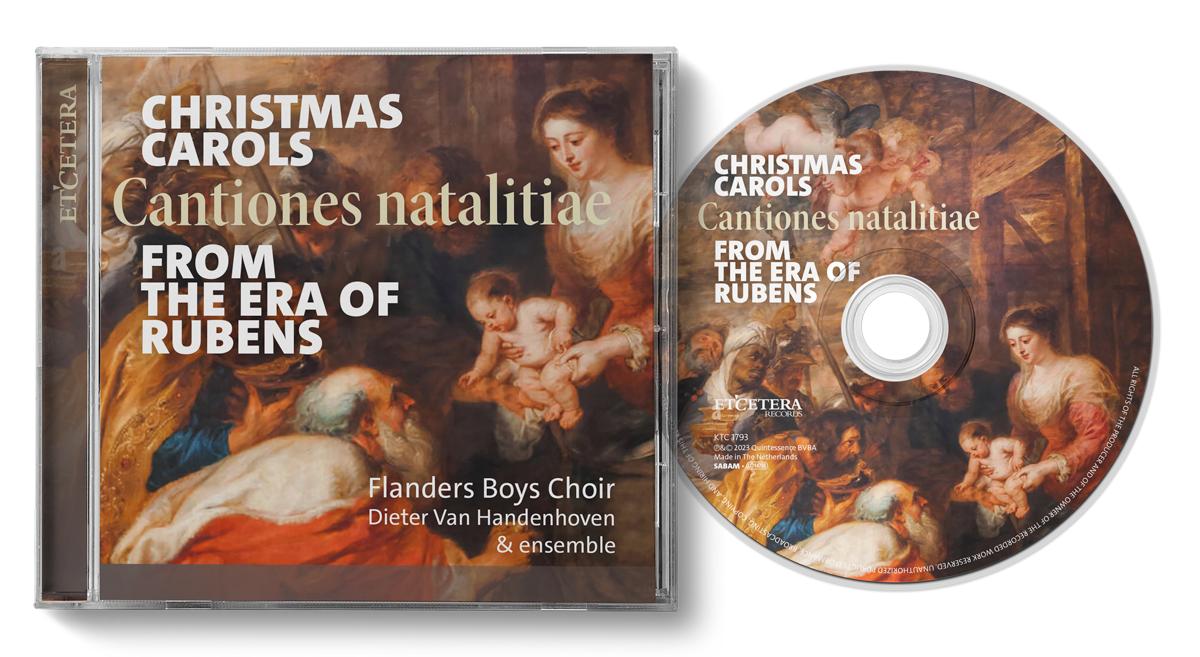
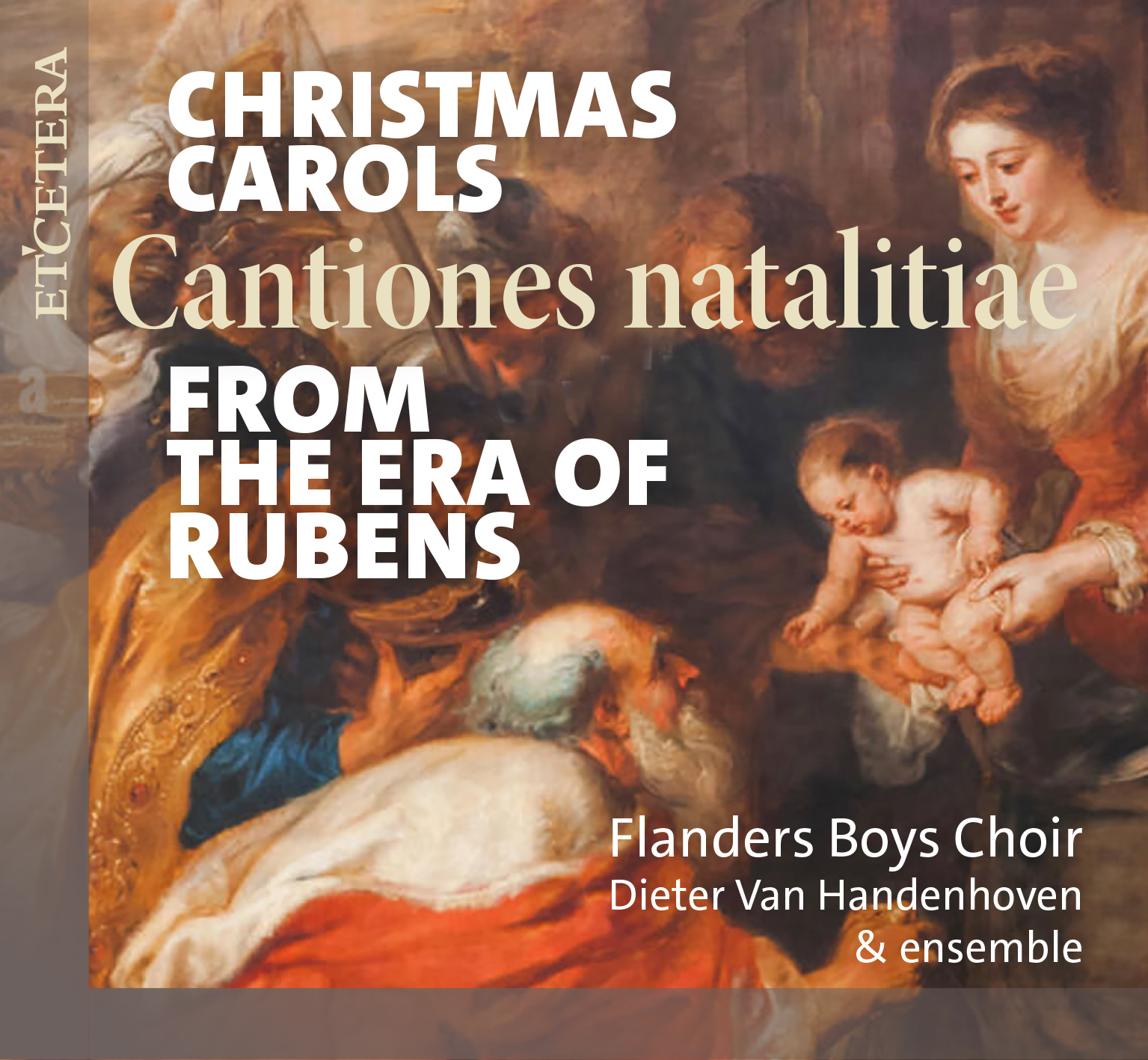
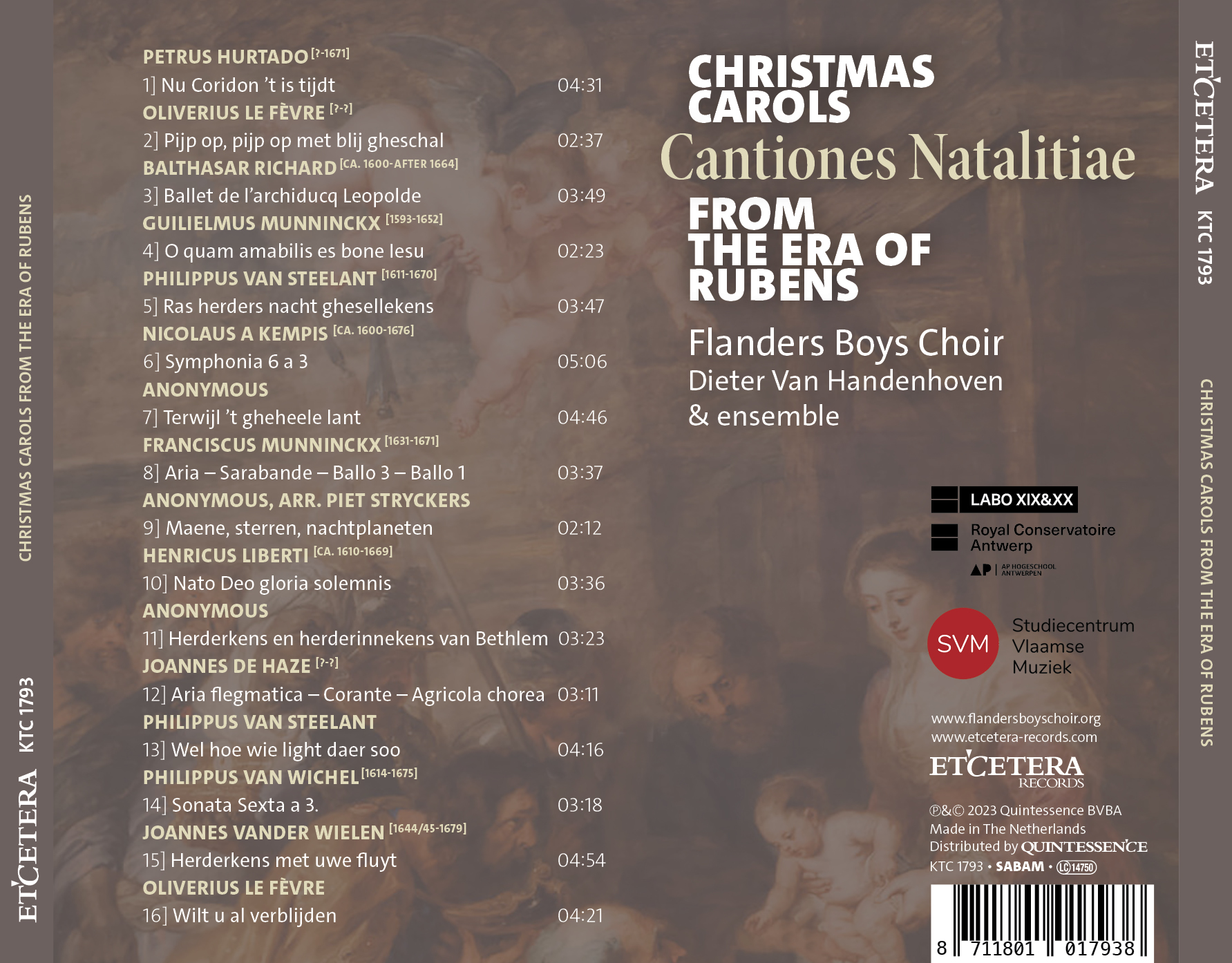




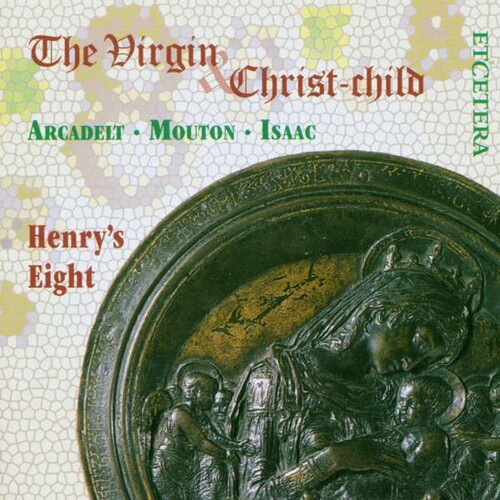
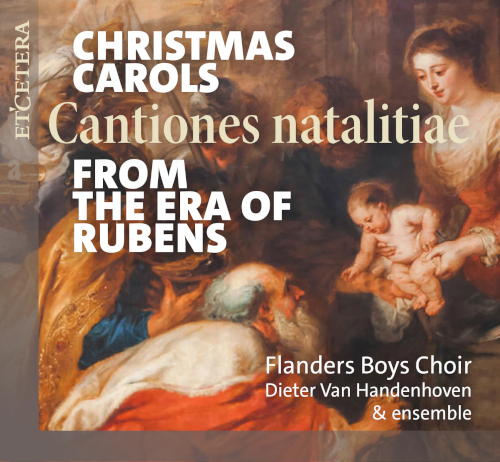
Reviews
There are no reviews yet.